Naomi Campbell candidly opens up about her drug and alcohol abuse – revealing she turned to substances to ‘cover up’ her childhood trauma and grief… only for addiction to leave her with ‘huge fear and anxiety’
Naomi Campbell has opened up about her battle with drug and alcohol addiction in her early days as a model for candid new documentary, The Super Models.
The fashion icon, 53, claimed she began abusing substances to cope with the heartbreak caused by her abandoned childhood – as well as the shocking death of her close friend and beloved designer Gianni Versace .
In the Apple TV+ docuseries, catwalk legends discuss their groundbreaking career journeys alongside fellow models Cindy Crawford, Linda Evangelista and Christy Turlington.
However, the four-episode project took time to reflect on the most difficult moments that took place at the height of their fame – with Naomi admitting that she was slowly “killing herself” early in her career due to the amount of drugs she took during her career. early 90s.
Naomi Campbell has opened up about what led her to struggle with drug and alcohol addiction in her early days as a model.
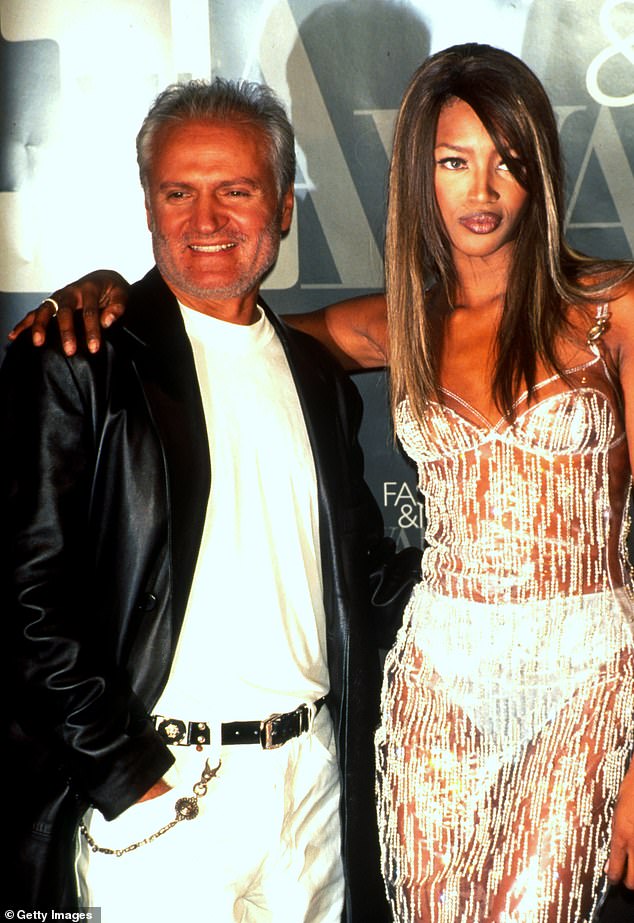
The fashion icon explained that the shocking death of her close friend and beloved designer Gianni Versace was a huge trigger; photographed together in 1995
“Grief has been a very strange thing in my life because it doesn’t always show up,” the mother of two explained. “I’m in shock and panic when it actually happens, and later is when I break down. But I kept the sadness inside, I just dealt with it.
The fashion world was shaken when famed designer Giovanni Maria “Gianni” Versace was gunned down outside his Miami Beach home in 1997.
Naomi had developed a close bond with the Italian fashion icon and was one of many people left heartbroken by the loss of her life.
Speaking about the special place he held in her heart, Naomi explained: “(The late designer) Azzedine Alaïa was my dad. With him, I discovered the chosen families. Same for Gianni Versace.
“He was very sensitive about feeling me, like he was pushing me. How would that push me to go out and go further when I didn’t think I had it in me to do so. So when he died, my grief became very intense.
She continued: “When I first started using, that was one of the things I tried to hide was the grief. Addiction is so… it’s just bullshit, it’s is really the case.
“You think, ‘Oh, this will heal this wound.’ It doesn’t. It can cause such tremendous fear and anxiety. So I got really angry.”
The British-born model collapsed during a photoshoot in 1999 after a five-year cocaine addiction. That scary moment prompted her to seek rehab that year.

Naomi admitted she “killed herself” because of the amount of drugs she did in the early 90s.
In the confessional, Naomi made it clear that she was aware of how her drug addiction had led her down a life-threatening path, adding: “When you try to cover something up, your feelings… You talked about ‘abandonment. I tried to cover it up with something. You can’t cover it up. I was killing myself. It was very hurtful.
She also made slight references to her previous assault convictions, the first in February 2000, which saw her plead guilty in Toronto to assaulting her personal assistant with a cell phone in September 1998. Several other employees and associates filed a complaint for abuse in 2006.
“For my mistakes, I have always recognized them. I chose to go to rehab, Naomi said. “It was one of the best and only things I could have done for myself at that time. It’s scary to pick up the mirror and look in the mirror. It’s scary, and it’s taken me many years to work through it and deal with it.
The model claimed that one of the main triggers for her drug addiction was her unresolved abandonment issues from growing up without a father figure.
Naomi was born to Jamaican dancer Valerie Morris and never met her father, who abandoned her mother when she was pregnant.
The documentary highlighted Naomi’s previous comments on the subject during her interview with Barbara Walters in 2000, in which she said: “I’ve had a lot of problems since my childhood. Well, for example, not knowing your father, not seeing your mother. It evokes a lot of… it manifests a lot of feelings.
“One of those feelings…is absolutely anger. But I think it’s a really normal thing. I didn’t always express my anger at the appropriate time. This has always been an inappropriate time. But it is the manifestation of a deeper problem, anger.
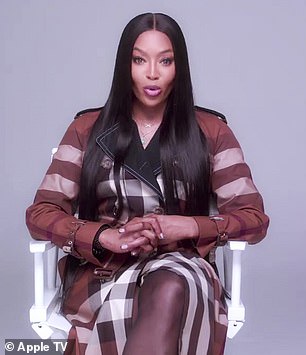
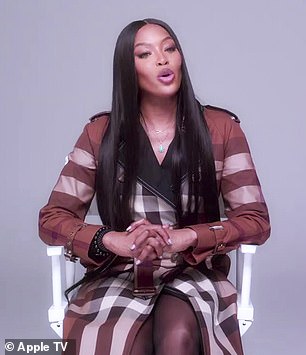
The model claimed another trigger for her drug addiction was her unresolved abandonment issues from growing up without a father figure.
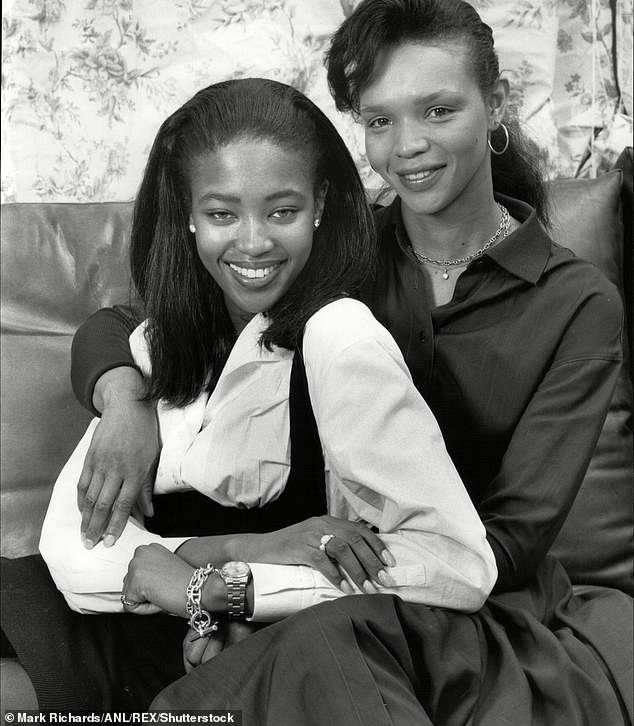
Naomi was born to Jamaican dancer Valerie Morris and never met her father, who abandoned her mother when she was pregnant.
She continued: “And that, for me, I think is based on insecurity, self-esteem, loneliness and abandonment. This is where my main issues were abandonment and rejection.
“It puts me in a really vulnerable space, and everyone thinks, ‘Oh, Naomi is a really tough, really strong girl.’ But that’s how I want to appear to people, because if I’m afraid of not doing it, they’ll walk all over me if they really knew.
Reflecting on her journey in the documentary, Naomi admitted: “It still comes up sometimes. But I just recently had the tools to deal with it whenever it arises.
“I have to think about something outside of myself. Something bigger than me.
The model also revealed that her struggle helped guide others as they faced similar struggles. She continued: “If I have people in my life that I love and I see that they need help, of course I’m going to offer to help them. . I’m there, I’m very loyal to the people I love.
Designer Marc Jacobs then spoke about Naomi reaching out to help him through his own crisis, while struggling designer John Galiano explained that the model “brought joy when I was in such a place dark”.
He exclaimed: “Naomi arranged for me to go to rehab in Arizona. I mean, she’s great in every way. So it’s good that I tell this story because apart from the work, she is human too.
The Apple TV+ documentary charts the rise of women who earned millions, dated movie stars and cemented their status as models after this iconic music video for George Michael’s song Freedom in 1990.
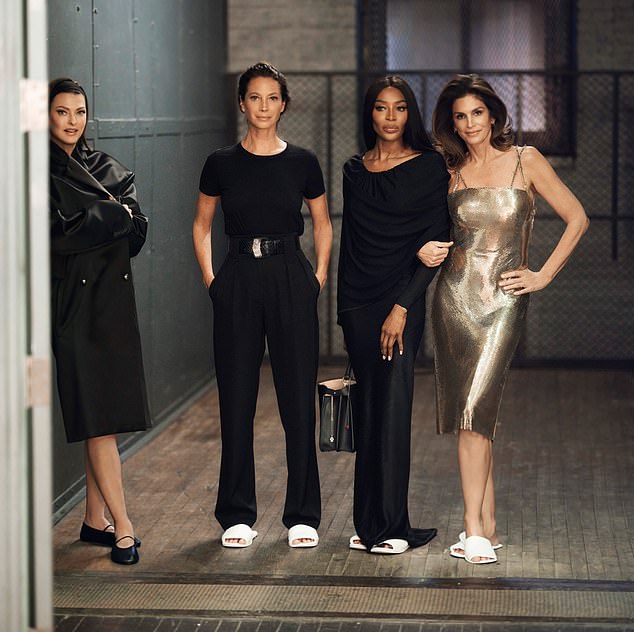
The Apple TV+ documentary series sees the runway icon talk about her groundbreaking career alongside fellow models Linda Evangelista, Cindy Crawford and Christy Turlington.
This is the first time the four surviving icons – Tatjana Patitz died earlier this year of breast cancer – have come together to discuss the phenomenon in depth.
Even though the series focuses on the exceptional beauty of women, it doesn’t shy away from the more horrific issues they face, like domestic violence and racial inequality.
The usually reserved Linda Evangelista is seen in tears and she describes being disfigured by a botched cosmetic procedure.
Meanwhile, the Canadian beauty also shares claims that her ex-husband Gérald Marie abused her during their five years of marriage.
Cindy Crawford recalls an uncomfortable interview with Oprah Winfrey in 1986 that left her feeling like “property.”
Elsewhere, Naomi reveals she is in perimenopause after being photographed suffering from a “hot flash” during a photoshoot in the documentary series.
Models is available to stream now on Apple TV+.
